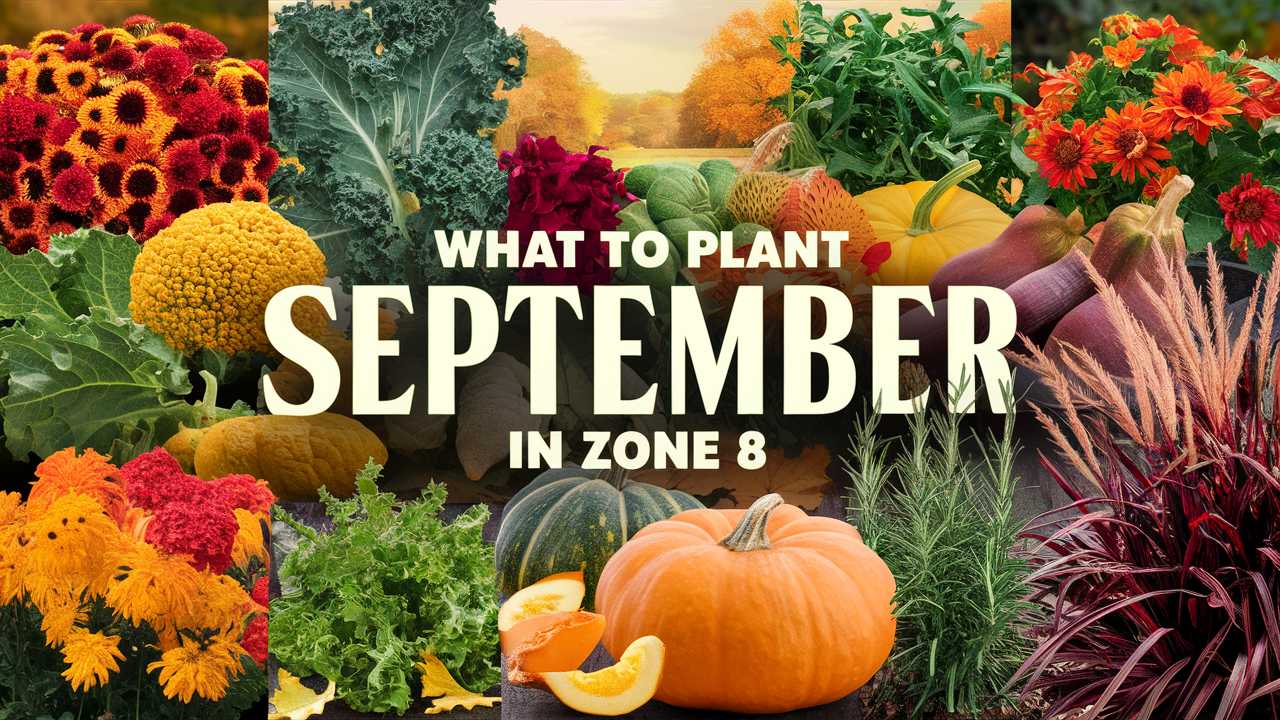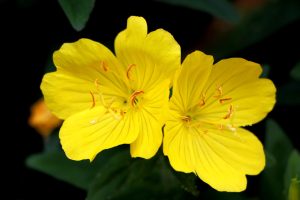This comprehensive guide will explore the best vegetables, flowers, herbs, and landscape plants to introduce to your zone 8 garden in September.
Vegetables To Plant
Transitioning into fall allows for planting cool-season vegetables that tolerate the dwindling warmth and occasional chilly nights. Below are ten vegetables ideal for September planting in Zone 8.
Spinach

Spinach is a hardy green that thrives in cooler weather. Ideal for planting in mid-September, it flourishes with night temperatures as low as 40 °F. Spinach can be sown directly into the soil, preferably in well-drained, rich soil with a pH between 6.0 and 7.0. Given its quick-growing nature, spinach can be harvested as early as 30 days after sowing, making it a fantastic option for an autumn harvest.
Kale
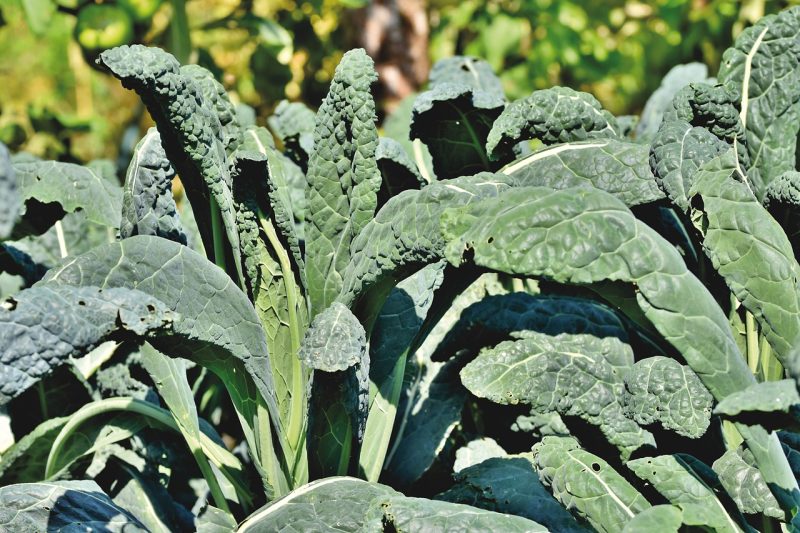
Kale is another cold-tolerant vegetable perfect for September planting. Its resilience makes it a favorite among gardeners. This leafy green can endure temperatures down to 20 °F, allowing for a long growing season. Plant kale ¼ inch deep in full sun with ample moisture. Start harvesting leaves when they reach 6-8 inches, ensuring a steady yield throughout late fall and even into winter.
Radishes

Radishes germinate quickly and can be sown in late September for a quick turnaround. They are suited for cooler temperatures and can tolerate light frosts, with varieties such as ‘French Breakfast’ maturing in 25-30 days. Plant these seeds in well-drained soil about ½ inch deep and expect them to add not only crunch but a delightful peppery flavor to your fall salads.
Carrots

September is an optimal time to sow carrots as they benefit from cooler weather, which can enhance their sweetness. Plant seeds about ¼ inch deep and ensure spacing of 2-4 inches between seeds. They’ll take up to 70 days to mature, but the wait is well worth it for their crisp texture and flavor. As the weather cools, carrots can also be left in the ground longer, even enduring light frost.
Broccoli

This cool-season crop can be planted in early to mid-September. Broccoli thrives in cooler conditions and can withstand temperatures down to 20 °F. Transplants can be planted in blocks to improve pollination and yield. Expect to harvest within 60-100 days, depending on the variety, and enjoy fresh broccoli in your fall dishes.
Beets
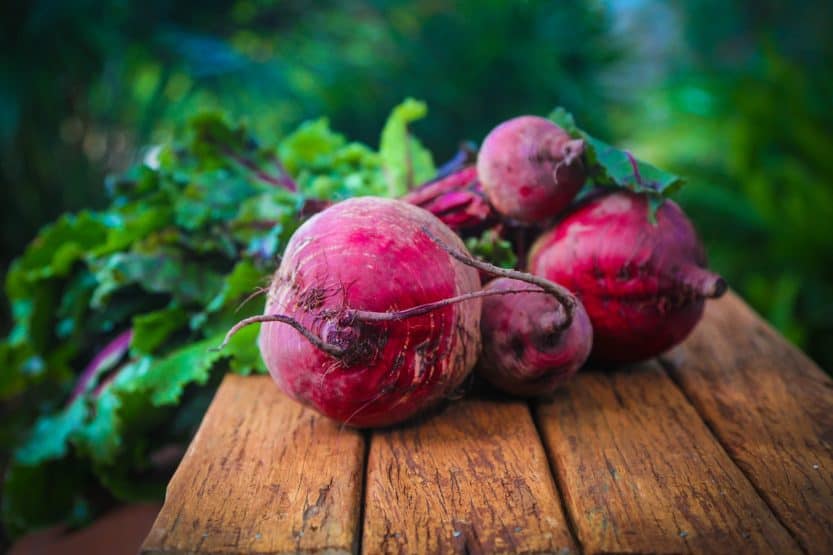
Beets are easy to grow in cooler weather and can be planted in September. They prefer loose, well-draining soil and can be grown in full sun. Seeds should be planted 1-2 inches apart, about ½ inch deep. With a growing time of approximately 50-70 days, beets not only provide a nutritious vegetable but also beautiful greens that can be harvested earlier.
Swiss Chard

Swiss chard thrives in Zone 8 during the fall, remaining productive even after light frosts. Plant seeds 1 inch apart in well-draining soil. It carries a unique versatility in the kitchen—both the leaves and stems are edible! Harvest the outer leaves starting around 30 days post-planting while allowing the inner leaves to mature.
Lettuce

Lettuce varieties such as ‘Butterhead’ and ‘Romaine’ can be successfully sown in September. They prefer cooler temperatures, germinating best at around 60 °F. Plant lettuce seeds approximately ¼ inch deep, and expect to harvest within 30-70 days, depending on the variety. Frequent harvesting encourages new growth and prolongs the season.
Garlic
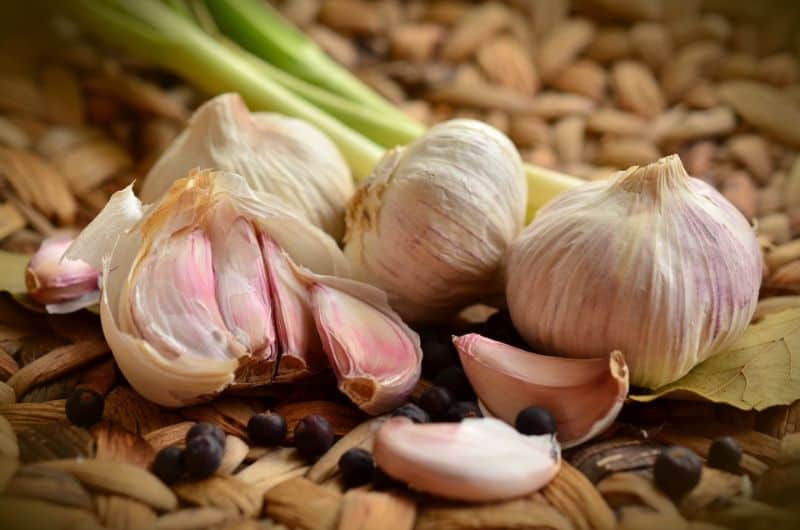
September is an ideal time to plant garlic in Zone 8, allowing for a rich harvest the following summer. Plant garlic cloves about 2 inches apart and 2 inches deep in well-drained soil, with the pointed side facing up. The cooler months help establish healthy roots, and you can anticipate a wonderful head of garlic by late spring.
Onions
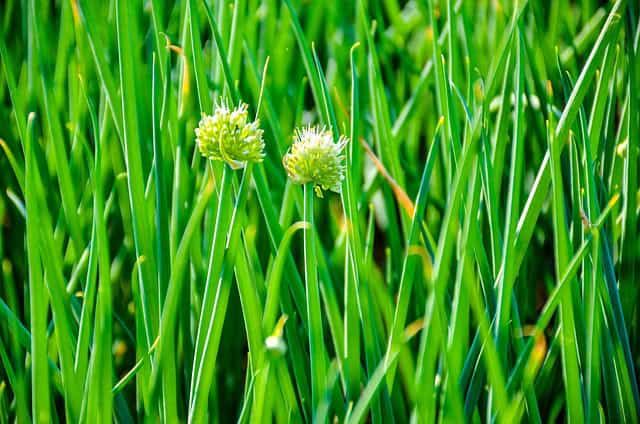
Both short-day and intermediate varieties of onions can be set out in September. Plant onion sets about 1-2 inches deep with 4-6 inches between them. They thrive in the cooler season, and with proper care, they will grow robustly until they can be harvested next summer.
Flowers To Plant
In addition to vegetables, September offers the perfect conditions for planting a variety of flowering plants that can provide vibrant blooms well into the autumn months. Here are ten exceptional flowers suited for September planting in Zone 8.
Pansies

Pansies are renowned for their ability to thrive in cooler weather and can be planted in September to enjoy colorful blooms throughout fall and early winter. They prefer well-drained, fertile soil and should be spaced about 6-12 inches apart. With a variety of colors available, pansies are perfect for adding charm to flower beds or containers.
Chrysanthemums

Commonly referred to as mums, chrysanthemums are the quintessential fall flower. Plant them in September for vibrant blooms right in time for fall festivals. They thrive in full sun and well-drained soil, and with careful attention to moisture, they will produce stunning displays through the autumn.
Aster

Asters, with their daisy-like flowers, are perfect for planting in fall. September is the right time to ensure blooms just in time for the cooler months. Asters do best in well-drained soil with full sunlight exposure and can attract pollinators to your garden, making them an excellent choice for supporting local ecosystems.
Snapdragons
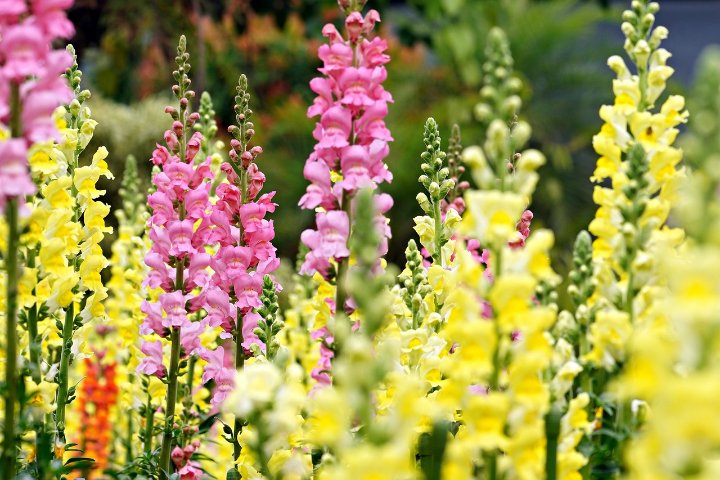
These whimsical flowers can be started in September for a delightful autumn display. Snapdragons enjoy cooler weather and can last long into the season. Space them about 6 inches apart in rich, well-draining soil, and enjoy their diverse color range and unique flower structure.
Sedum
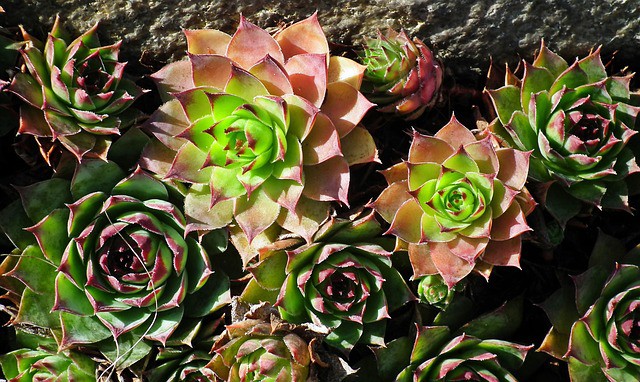
Sedum, or stonecrop, is an excellent choice for a low-maintenance perennial that can be planted in September. It’s drought-tolerant and thrives in poor soil conditions, making it a fantastic complement to any fall garden. With beautiful foliage and striking flowers, sedum can enhance your landscape’s aesthetic effortlessly.
Violas
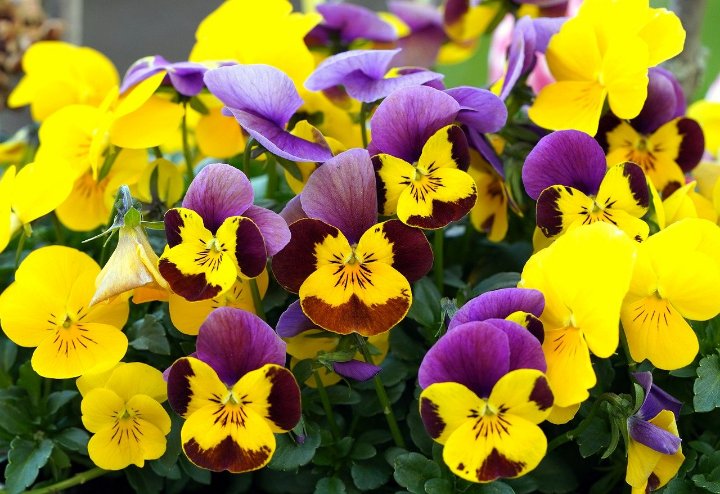
Similar to pansies, violas are hardy flowers that can add vibrant color to your garden. They thrive in mild temperatures and bloom profusely during cooler days. They can be planted in clusters, needing about 6-8 inches apart, and are excellent for borders or hanging baskets.
Calendula
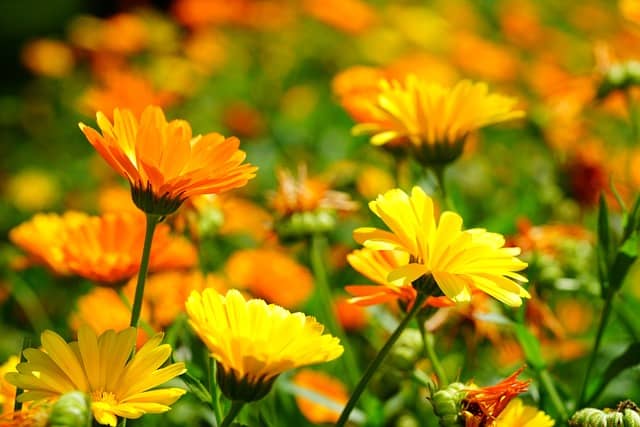
Calendula, with its cheerful marigold-like flowers, is ideal for September planting. It thrives in cooler temperatures, germinating best between 60-70 °F. These flowers can attract beneficial insects and can also be used in cooking or for medicinal purposes, providing a multi-faceted addition to your garden.
Ornamental Kale
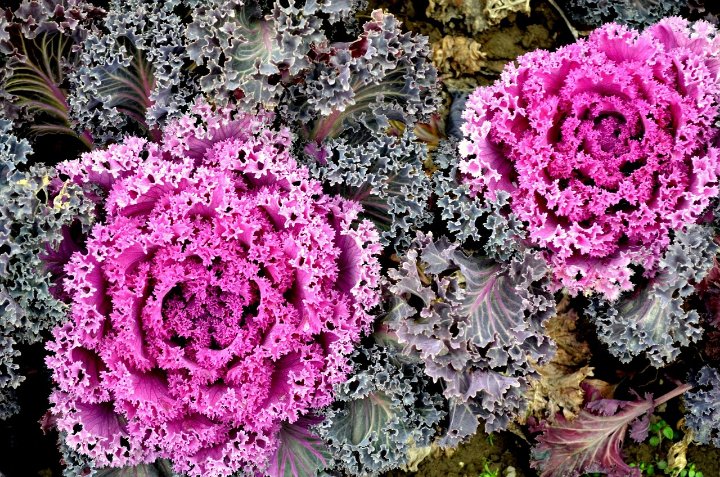
Not only visually striking, ornamental kale thrives in the cooler months and adds texture to your garden. Plant them in full sun in nutritious soil, with spacing similar to that of other leafy greens. Their colorful leaves can become a focal point throughout fall, adding unique charm to any landscape.
Coriopsis
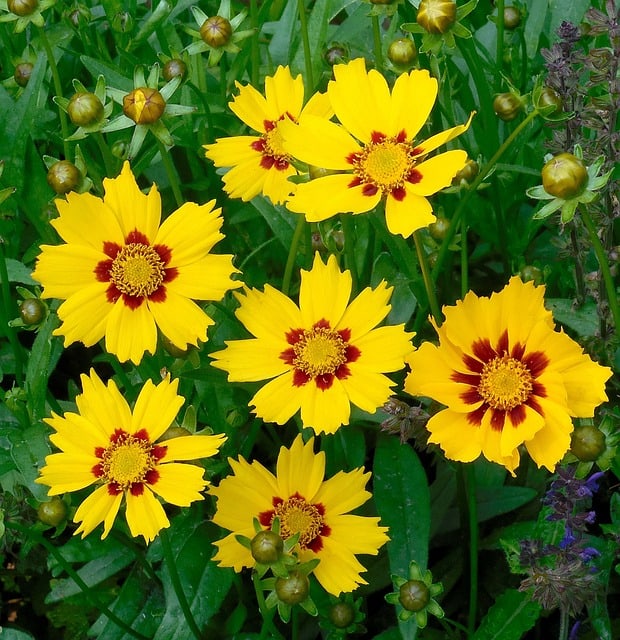
Coronopsis is a wonderful flower to consider for your September garden. Known for their resilience and vibrant yellow blooms, they thrive in poor soil and full sun. Space them about 12-18 inches apart, and enjoy their long-lasting flowers that can attract butterflies and other pollinators to your space.
Dianthus
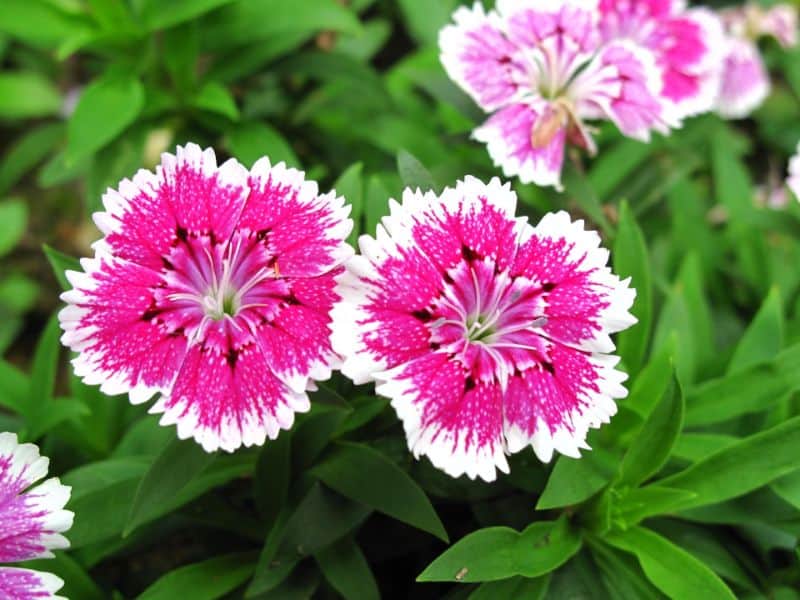
Dianthus plants, with their clove-scented blooms, are perfect for adding fragrance and color to your garden. They can be sown directly into the soil and thrive in well-drained, slightly alkaline conditions. Their mounding habit provides excellent ground cover and makes them a beautiful addition to mixed borders.
Herbs To Plant
Herbs are an essential component of any garden. Planting them in September allows for a robust harvest as the weather cools. Here are ten herbs that are perfect to sow or transplant during this time in Zone 8.
Cilantro

Cilantro is well-suited for fall gardening and can be sown directly into the soil in September. It thrives in cooler weather and can germinate in as little as 7-10 days, with a growing period of 3-4 weeks before harvesting the leaves. Plant in well-drained soil, and enjoy its fresh flavor in many dishes.
Parsley

Parsley is a versatile herb that can be sown in September for use in culinary dishes throughout fall and winter. It prefers a sunny location and well-drained soil. Germination can take a bit longer, around 14-30 days, but it’s well worth the wait for this nutritious herb known for its vibrant flavor and health benefits.
Chives
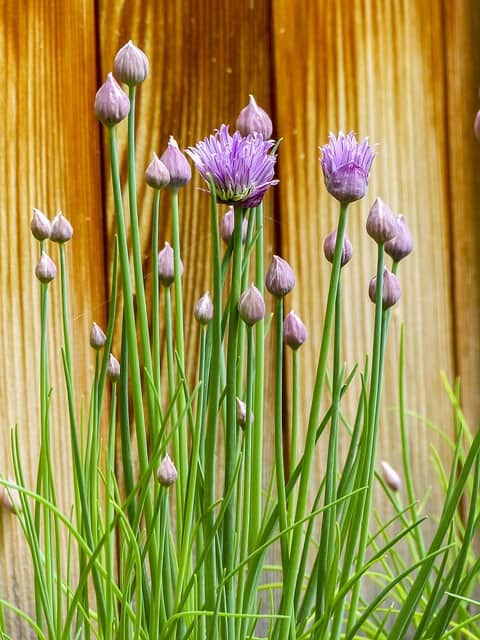
Chives can be planted in early fall, providing a mild onion flavor to your meals. These hardy perennials will survive the colder months and can be harvested continuously once they reach about 6-8 inches in height. Plant them in well-drained soil and full sun for the best results.
Thyme
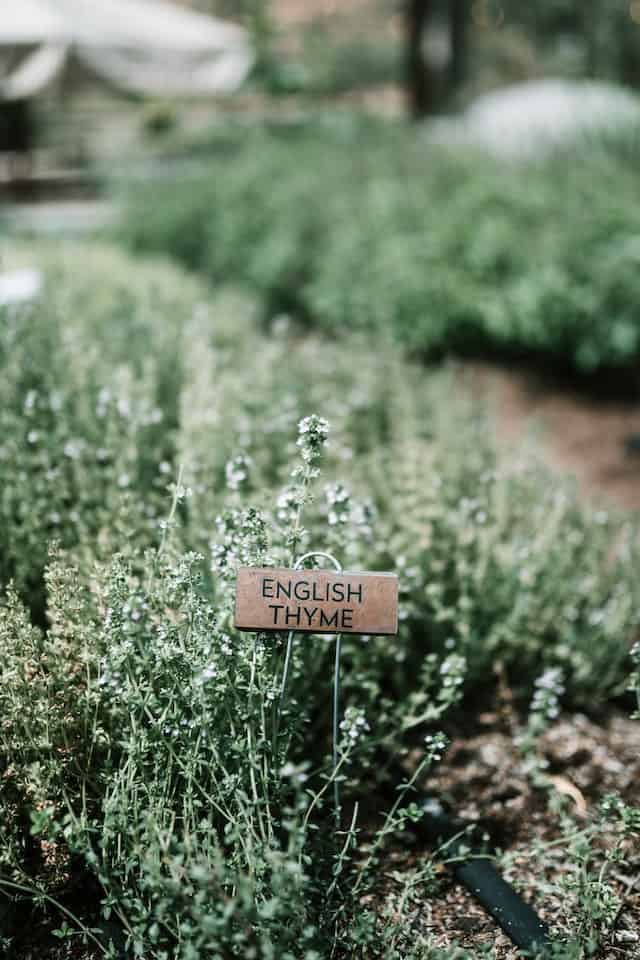
Thyme is a resilient herb that can endure colder autumn nights. Plant in well-drained soil and full sun, ensuring adequate spacing of at least 12 inches apart for proper air circulation. With minimal care, thyme brings an aromatic fragrance and flavor to various dishes while offering a long-standing presence in your garden.
Oregano

Oregano thrives in cooler climates and can be established in September. This perennial herb grows best in well-drained soil and full sun. Once established, it is drought-resistant and can create lovely ground cover with its vibrant green foliage. Harvest leaves as needed for maximum flavor in your culinary creations.
Sage

Sage is an evergreen perennial that benefits from September planting. This herb prefers well-draining soil and full sun, and is resilient to cooler temperatures. Its unique flavor profile enhances many dishes year-round. Sage can grow as a large bush, producing aromatic leaves that can be harvested continually.
Dill
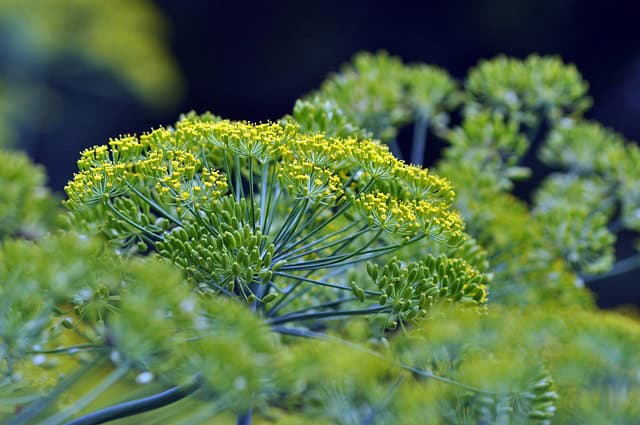
Dill has a relatively short growing season and plants established in September can flourish with proper care. Sown directly into well-drained soil, dill tends to grow quickly, reaching maturity within 60 days. Its feathery leaves and blooms can attract beneficial insects while providing culinary delights.
Mint
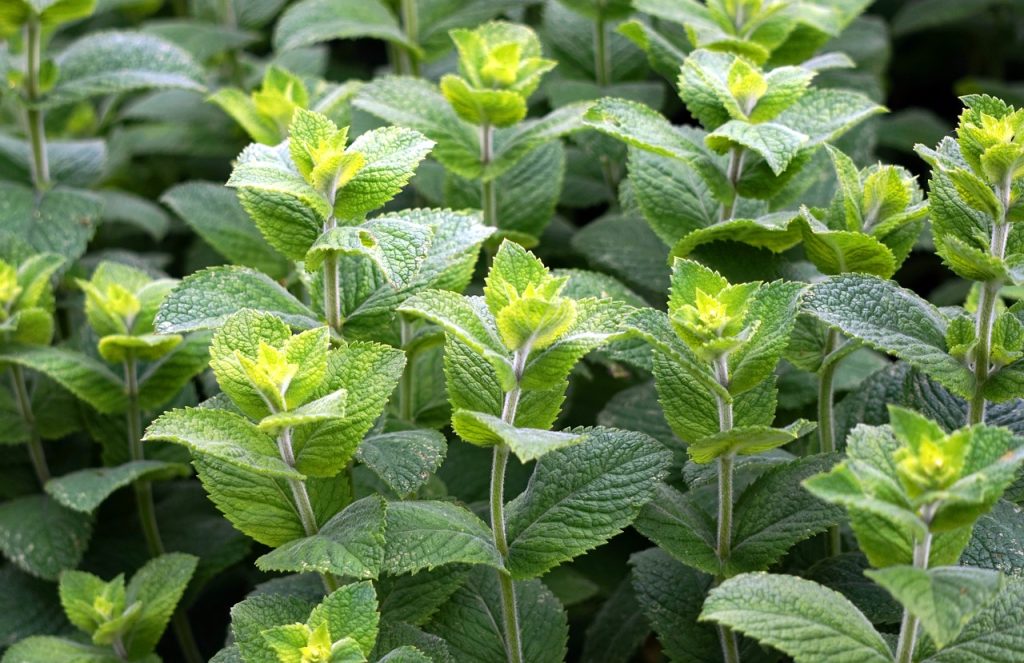
Mint is a perennial herb that can be planted in September to become flavorful additions to beverages and dishes. It can spread rapidly, so consider using pots to control its growth. Mint loves moist soil and partial shade, thriving in the cooler months while adding wonderful aromas to your garden.
Fennel
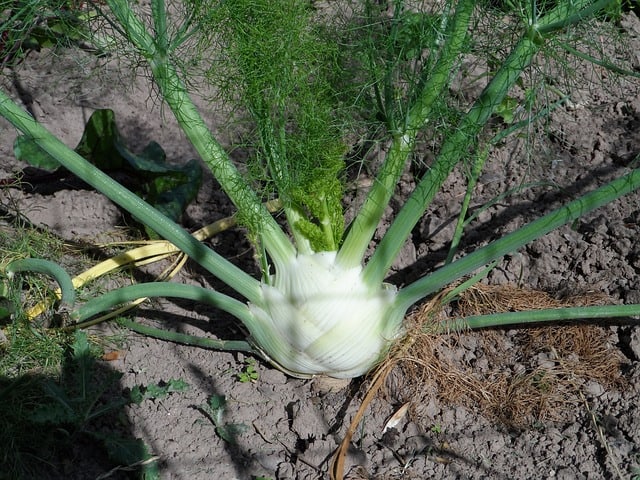
Fennel is a unique herb that can be planted in September for late fall harvests. It prefers warm temperatures but can handle cooler nights once established. Space fennel plants well apart, as they can grow quite large. The bulbous base, stalks, and leaves can be all used in cooking, making fennel a versatile garden addition.
Lemon Balm
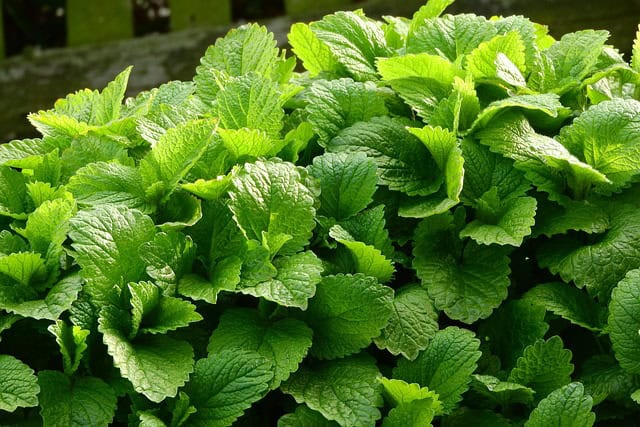
Lemon balm provides a robust lemon scent and flavor to your herb garden. It can grow well in semi-shaded, sunny areas, and once established, it thrives from early spring to late fall. This perennial herb will flourish in the coolness of fall, and its leaves can be steeped for delightful herbal teas.
Landscape Plants To Plant
When considering landscape plants, September offers a unique time to introduce hardy varieties that will bloom beautifully even in cooler months. Here are ten landscape plants to consider for your Zone 8 garden this September.
Camellia
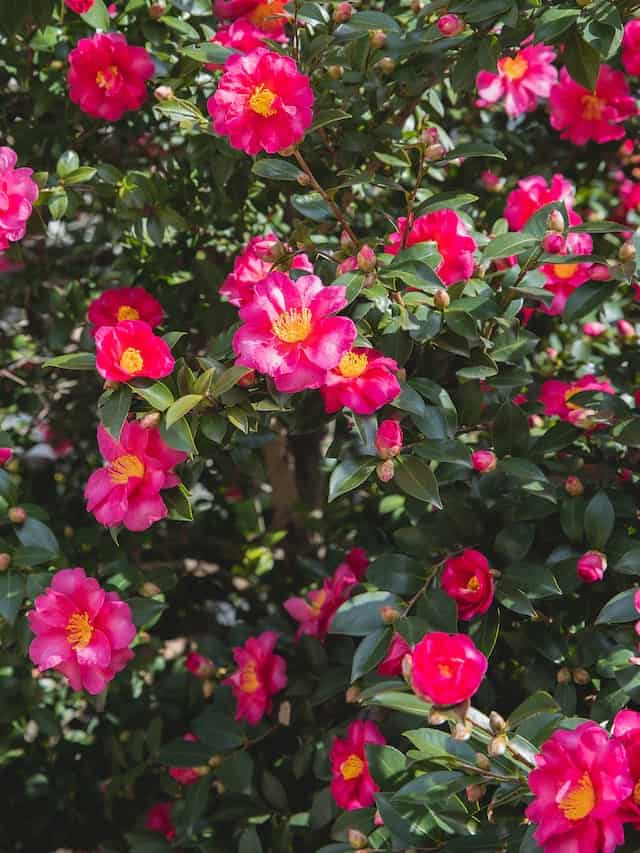
Camellias are beautiful evergreen shrubs that can be planted in the fall for late winter and early spring blooms. Preferring well-draining acidic soil, they thrive in partial shade. Their stunning flowers, which appear in various colors, can be a focal point, transforming your landscape during the cooler months.
Azaleas
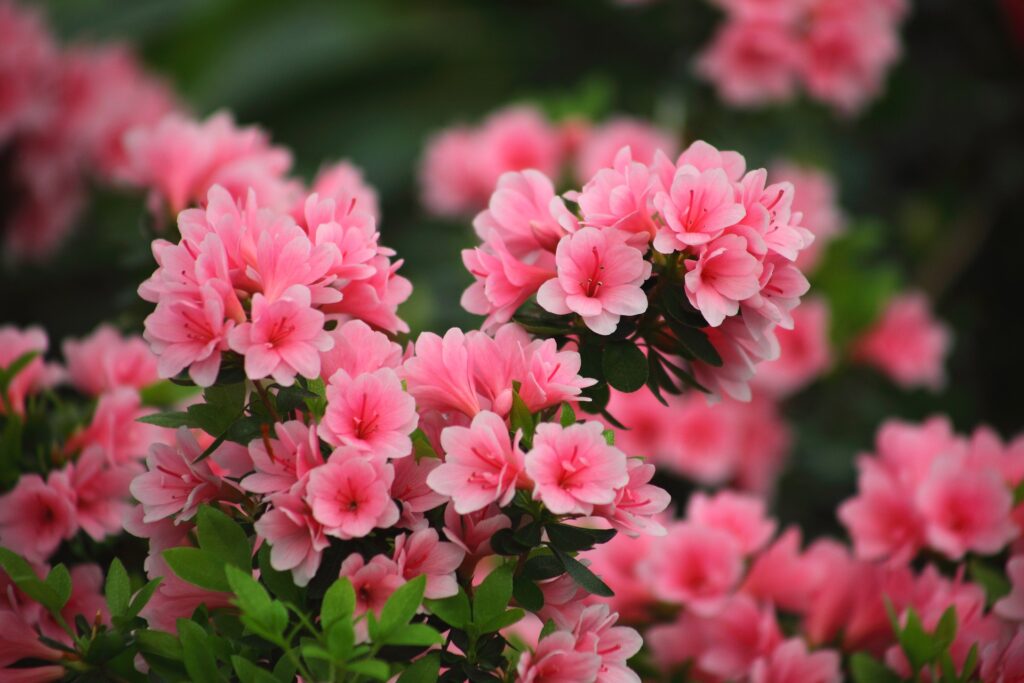
These flowering shrubs can add a burst of color to your garden. Planting azaleas in September allows for established roots before the cooler temperatures set in. They prefer well-drained, acidic soil and can produce abundant blooms in spring, providing visual interest and pollinator support.
Mandevilla
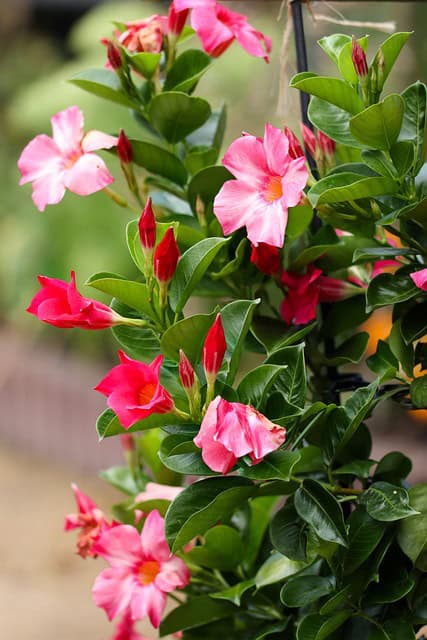
Mandevilla is a beautiful vining plant that can enhance any structure in your landscape. While they can be sensitive to cold, planting them early in September allows these plants to establish roots before cooler weather. They thrive in full sun and produce lovely trumpet-shaped flowers that attract hummingbirds.
Liriope
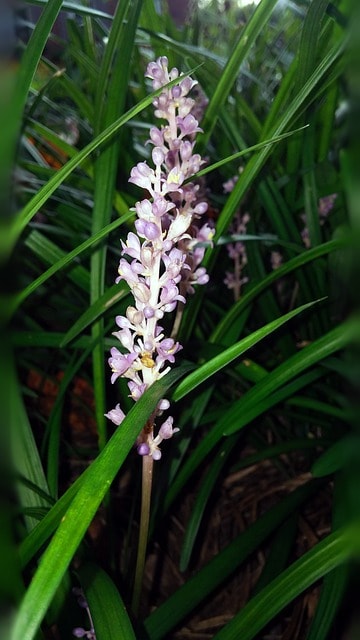
Liriope, often referred to as monkey grass, is a hardy perennial ground cover that excels in various conditions, including partial shade. Plant Liriope in well-drained soil, and it will flourish, providing lush greenery that can help reduce soil erosion in your landscape.
Sweetbay Magnolia
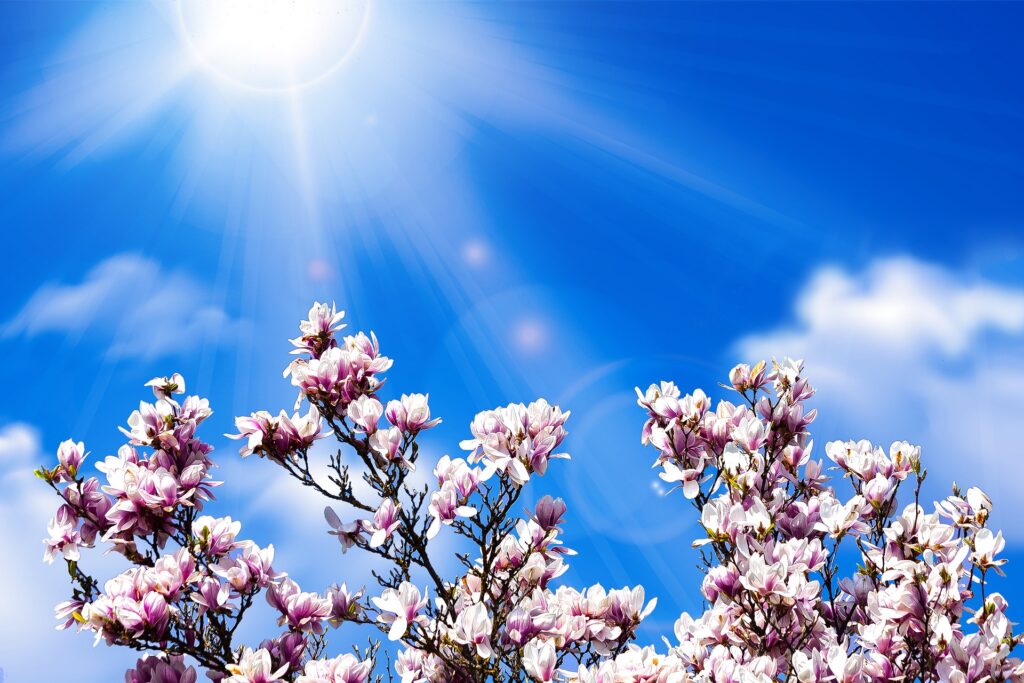

Sweetbay magnolia is an attractive tree that delivers stunning white flowers and fragrant foliage. It can thrive in various soils but prefers somewhat moist conditions. Plant it in September to ensure healthy growth throughout the cooler months and into spring.
Red Twig Dogwood
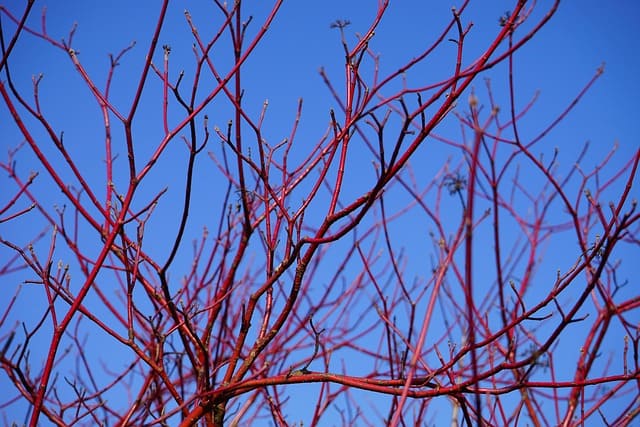
This shrub stands out for its striking red stems, providing winter interest in your landscape. Red twig dogwood can thrive in various soil types and prefers full sun to partial shade. Planting in September allows it to strengthen roots before winter, ensuring brilliant color against a snowy backdrop.
Japanese Maple

Japanese maples are versatile trees that provide stunning fall foliage. Planting them in September allows them to establish roots before the winter sets in. These maples thrive in well-drained, slightly acidic soil and can vary in size, making it easy to find one that fits your landscape perfectly.
Pomegranate
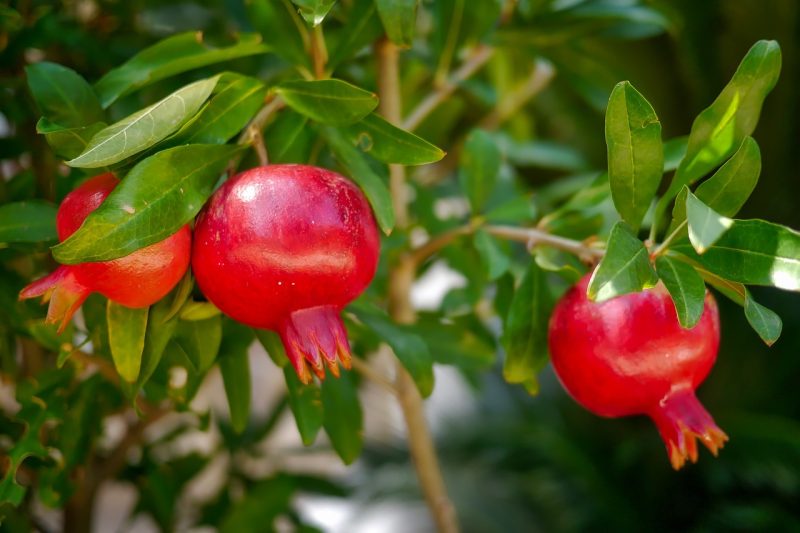
Pomegranate trees can be a striking element in your landscape, especially with their vibrant flowers and delicious fruit. They thrive in well-drained, sunny locations. Once established, they are quite hardy, making September planting ideal for ensuring a healthy start.


